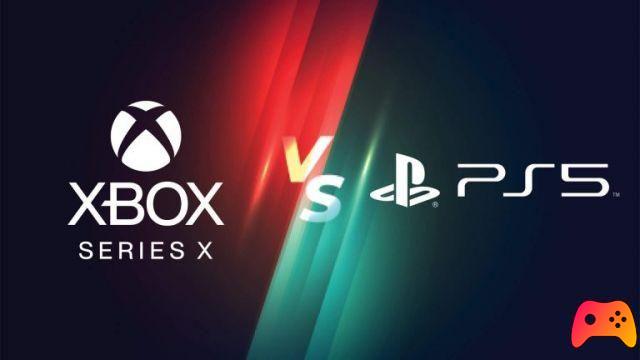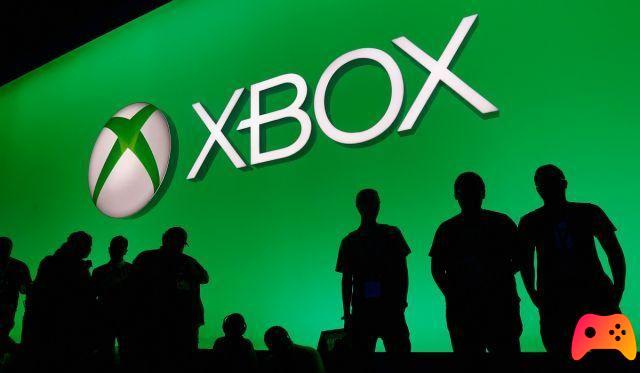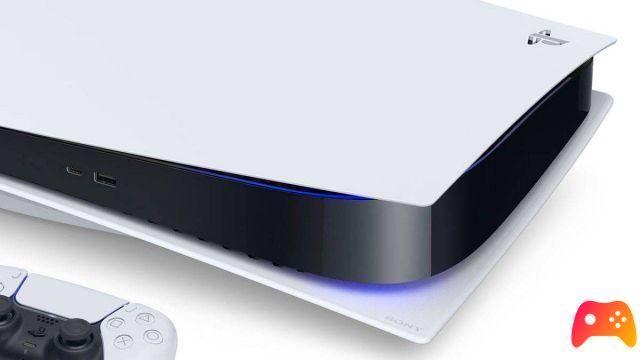
A report by Bloomberg highlights how the advent of the next-gen is prompting a small revolution: Sony and Microsoft will aim for heavy market acquisitions in the US and Japan, but each in the market of origin of others. In fact, in the battle of the consoles, the two key players are moving in perfectly opposite directions, at least geographically. Microsoft is making a serious attempt to attract fans to Japan with its new consoles and network services. Meanwhile, Sony moved its PlayStation corporate headquarters to California as early as 2016 and integrated the United States into its single market, giving American managers unprecedented freedom of action.

But let's proceed with order in detail. Some employees of the Japanese giant who have chosen to remain anonymous, told Bloomberg Tech that Sony has for some time considered disappointing PS4 sales in Japan, and has since begun to focus more on the United States. Japan-based analysts say this attention has become evident, however, a considerable portion of PlayStation's revenue comes from the US market.

It is equally true that a number of Japan-based development studios have been approached by Microsoft with the aim of acquiring them, although the studios obviously asked not to be named. The head of Xbox operations in Asia, Jeremy Hinton, said Microsoft is still "always open to discussions with creators who fit well". Ace Research Institute analyst Hideki Yasuda then put the load by stating that “Xbox has the potential to make Japan the second largest market after the United States if it takes the right steps for years to come, as the Sony's attention is receding and Japanese fans have begun to notice it “.

Will Microsoft therefore acquire first party studios in Japan while Sony will develop more and more US-oriented titles? The often pitiless numbers tell us that Microsoft will not be able, in the short to medium term, to take Sony's position as number 2 [after Nintendo] in Japan, but he probably started to set that goal. Similarly, the growing attention of Japanese management is well justified by the stars-and-stripes market which, it seems, represents 35% of the video game unit's revenues, compared to 10% in Japan.
Obviously, these news on alleged financial movements can only confirm that the cd. next-gen has practically become current-gen. And we can't wait to get our hands on what, in the end, will make the fortune of one or the other: videogames. Stay on track because November will be a heart-pounding month.






